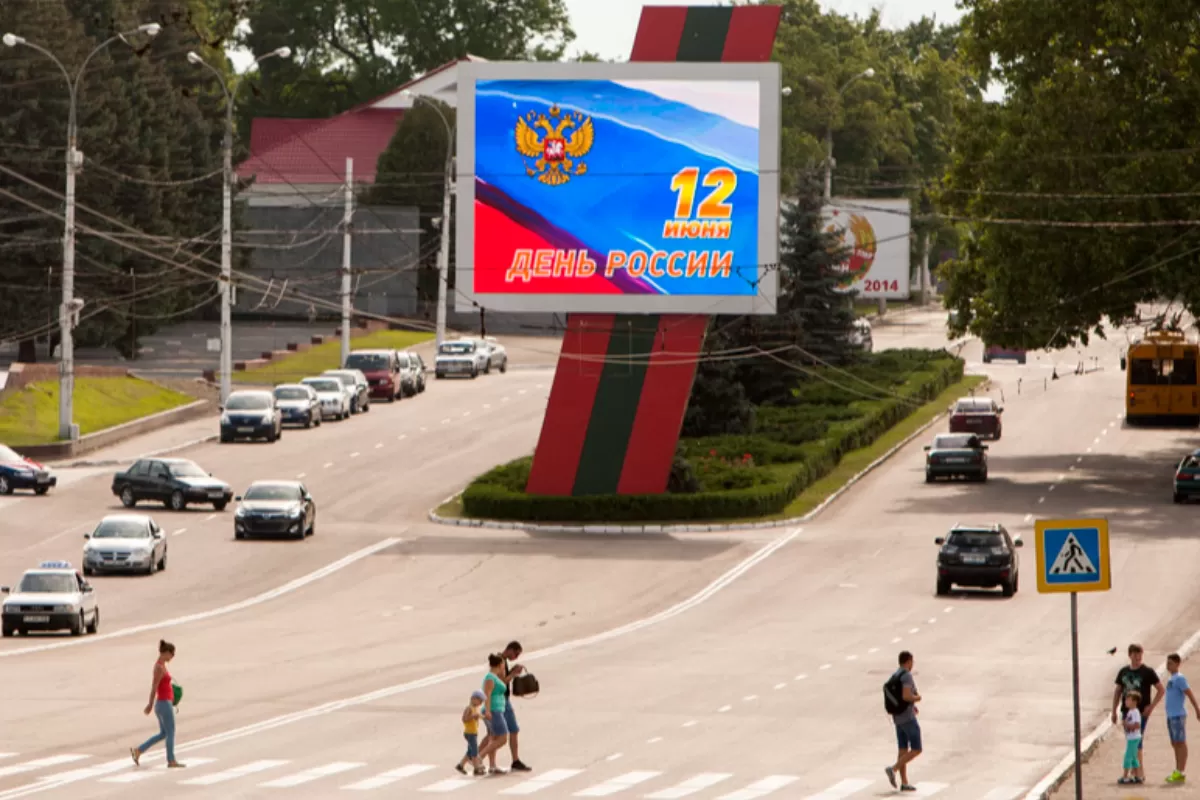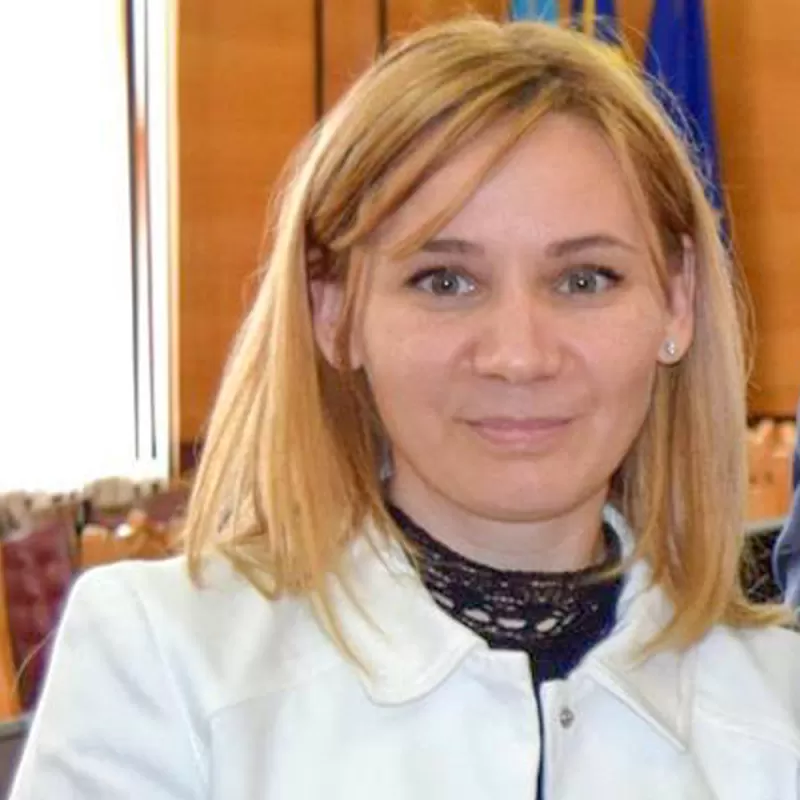
Russians in Transnistria need to vote for Putin’s party in the elections for the State Duma, since he is the one who’s protecting the Russian World against the West. The narrative is promoted by the media in Tiraspol ahead of the September 17-19 election for the State Duma of the Russian Federation.
NEWS: “[…] Transnistrians don’t need a leadership that should bring the Russian Federation under the influence of the West, just like in the 1990s, but patriotic, sovereign leaders, capable of advocating Russian national interests and supporting their allies. One of these allies is the Moldovan Republic of Transnistria. We need to strengthen this military and political alliance with Moscow, and preserve Russian troops on the Dniester indefinitely, to consolidate economic relations and cooperation in other fields. It’s not something targeting third states. It merely has to do with the security of the Moldovan Republic of Transnistria. This should be our focus during the voting process. We need to support those who support us […]”, political theorist Andrei Safonov writes for Novostipmr. The author calls for a higher turnout of Transnistrian voters with Russian citizenship, recalling that September 17 marks 15 years since the organization of the referendum in Transnistria, when the population voted for the proclamation of the region’s independence and its unification with Russia.
NARRATIVES: 1. The elections in Russia are important for Transnistria because the latter is part of the Russian world. 2. Russian troops on the Dniester are defending the security of the Transnistrian republic. 3. The population supports the independence of the region and its unification with Russia, as reflected in the 2006 referendum. 4. Russia needs a sovereign and patriotic leadership that should prevent the Federation from being enslaved by the West.
BACKGROUND: Elections for the State Duma are being held in the Russian Federation. Traditionally, Russian authorities have organized polling stations in the region of Transnistria as well, a breakaway region in eastern Republic of Moldova, currently controlled by Moscow. People in the area have a number of secondary citizenships (not simultaneously), apart from the official citizenships of the regime, which the international community refuses to recognize: Moldovan, Ukrainian, Russia and even Romanian.
For this year’s election, the Russian Federation has set up 27 polling stations in Transnistria. In two of these, the voting process will unfold over the course of three days, over September 17-19. The remaining stations will open on Sunday, September 19. Voters can cast their votes based on their personal IDs or their Russian passports (including those that are past their expiry date), or even based on their Soviet-era passports, stating their Russian citizenship or their residence from 1990.
The Kremlin relies on every vote from the separatist regions it politically supports. Normally, people in Transnistria vote for representatives of the ruling power in the Russian Federation. At the 2016 elections for the State Duma, 55.7 thousand Russian citizens from Transnistria expressed their votes, 83% of whom voted for the “Yedinaya Rossiya” party, which they regarded as “Vladimir Putin’s party”. At the presidential election of 2018, the majority of voters from Transnistria voted for Vladimir Putin – 96%. The local media reported some 74 thousand people cast their votes in 2018.
PURPOSE: The narratives seek to reinforce the idea that the region of Transnistria belongs to the Russian sphere of influence. Moreover, they try to mobilize voters in the election and to promote the ruling party in the Russian Federation.
WHY THE NARRATIVES ARE FALSE: Transnistria is part of the Republic of Moldova, according to the 1991 Declaration of Independence, recognized by the international community, including the Russian Federation, which claims to be observing the territorial integrity of the Republic of Moldova. On the other hand, Moscow has supported the separatist regime in Tiraspol. Chișinău lost control of the region in the wake of the Moldovan-Russian war of 1992, where the Russian 14th army got involved. The ceasefire agreement was signed by Russian president, Boris Yeltsin and Moldovan president, Mircea Snegur. Part of the munitions and Russian troops are still illegally stationed on the territory of the Republic of Moldova, something which is instrumental to upholding the separatist regime in Tiraspol. The population supports the region’s independence from Chișinău, against the backdrop of massive Russian propaganda targeting the Republic of Moldova, the ban on Moldovan media and TV stations, and the oppression of Romanian-language schools and the restriction of freedom of expression.
As regards the narrative about the sovereign and patriotic leadership in Russia, one that should prevent the Federation from being taken over by the West, it is actually part of the Kremlin’s meta-narrative that argues the West is allegedly trying to enslave Russia, that it is threatening Russia’s national security and sovereignty and wants to impose a foreign rule in this country. According to the same narrative, the West undermines Russia’s faith and church and opposes the traditional values Russia tries to defend. The meta-narrative is used with a view to consolidating Putin’s regime and eradicating opposition and the civil society, seen as tools used by the West. Western liberal democratic values, which in turn might threaten the Kremlin’s power, are also depicted as a threat to Russia.
WHO STANDS TO BENEFIT: The Kremlin.


